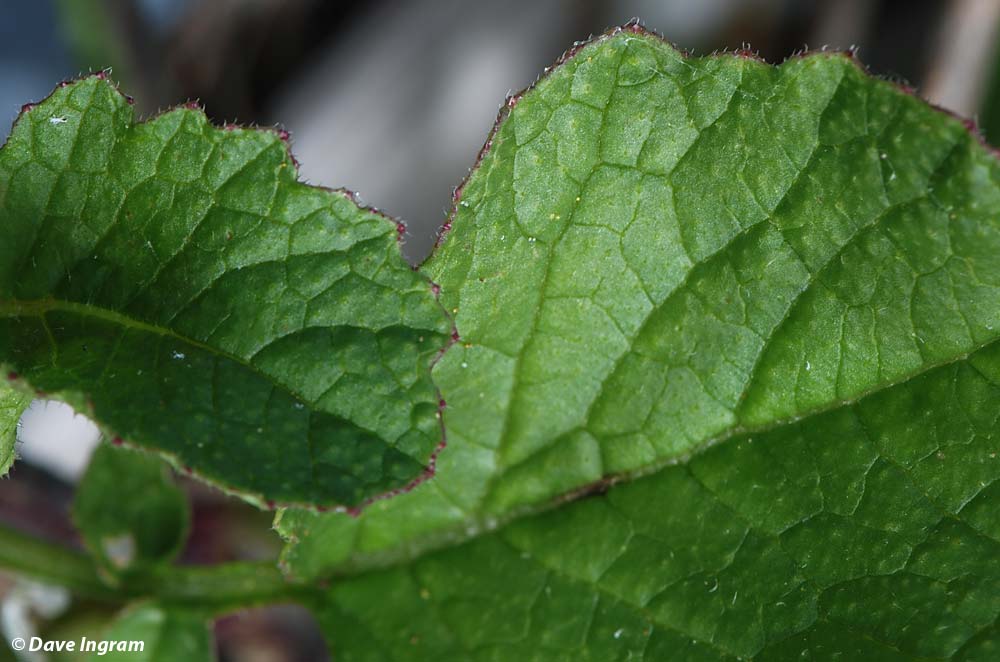On one of my many trips out to Florencia Bay to look for the Pink Sand-verbena that had been reported a couple of weeks ago I stumbled upon another unusual looking plant that initially had me stumped. It was a single plant, somewhat scraggly looking with white flowers and pinnately lobed leaves that were quite bristly.

Mustard Family
I knew that it probably was in the Mustard Family (Brassicaceae) because the flowers had four petals and the shape of the basal leaves fit fairly well with some of the plants in this group. The problem was that my trusty Plants of Coastal British Columbia didn’t seem to have anything that worked with the look of my mystery mustard.

Consulting Reference Books
My next step was to consult Marcus Bell’s 1972 plant list for Pacific Rim National Park Reserve, looking at plants listed in Brassicaceae. The eight plants listed by Bell weren’t viable options either.
Lacking a paper copy of the Illustrated Flora of British Columbia to flip through (as I’ve said previously, I’m somewhat challenged by the task of keying out a species) I turned to a 1974 copy of Hitchcock and Cronquist’s Flora of the Pacific Northwest and began flipping through the section of Cruciferae (the former name of Brassicaceae).
It didn’t take long to find two plants that matched the look of the flowers and leaves – both were in the genus Raphanus (radish) but the seed pods I collected looked more like that of Garden Radish (Raphanus sativus). With the genus name figured out and a potential match I checked both species in eFlora and confirmed that my plant was indeed Garden Radish. Radish riddle solved!
Identifying Features
So what were the features that pointed me in the right direction? First, the flowers had four petals which is typical for plants in the Mustard family – the colour of the flowers helped to eliminate some members of the family right away. Second, the pinnate shape of the leaf and the general hairy/bristly nature of the plant provided another key bit of information. Finally, I collected a seed pod on a second visit to the plant, the shape of which is useful when trying to separate out mustards (pods or siliques are used to key out plants in Brassicaceae).
One of the things I love about botany is the challenge of figuring out unusual plants even if they’re an introduced weedy garden escapee. It’s a bit like solving a puzzle, especially if the plant is out of context as it was in this case. I’m curious as to how this Garden Radish found itself alone on this stretch of Florencia Bay. Perhaps a hungry hiker left a radish behind? Sounds like another riddle to be answered!

